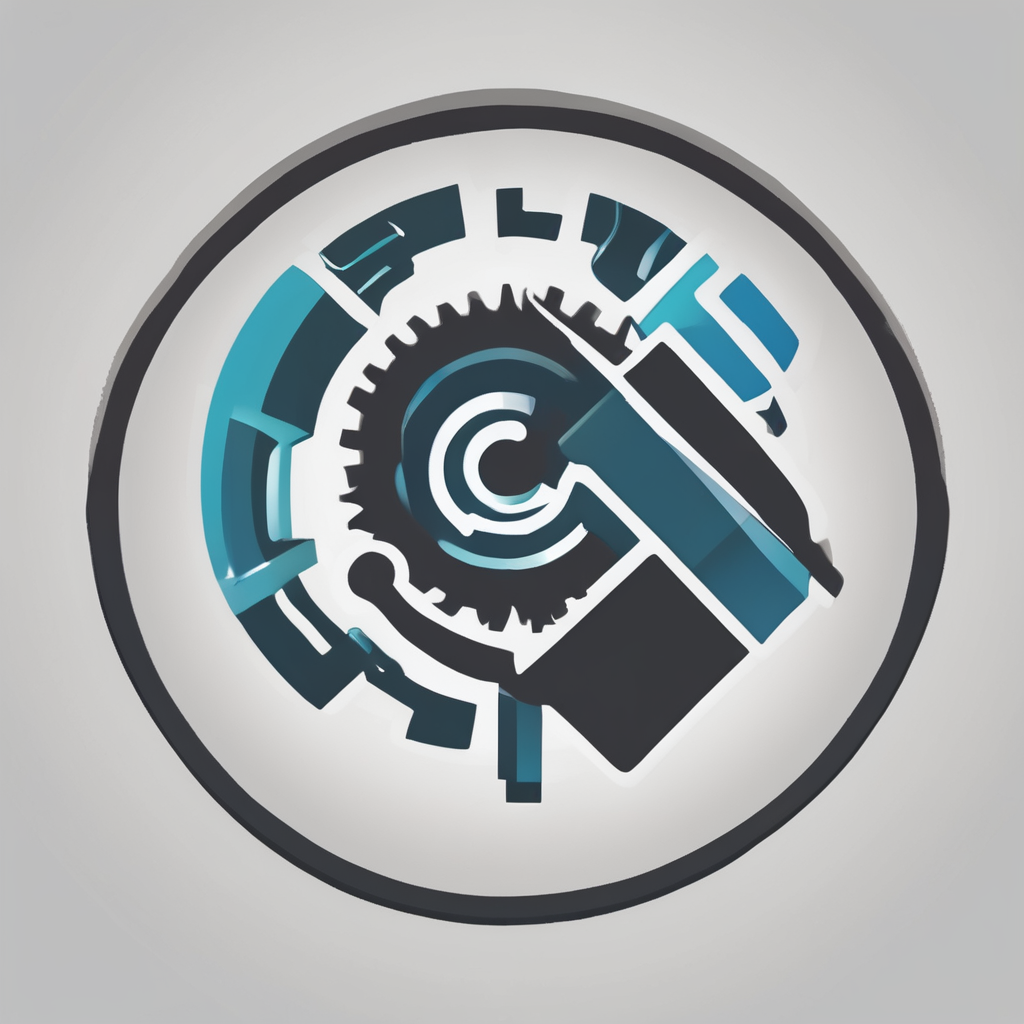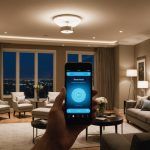Understanding Smart Home Office Integration
Transforming your workspace into a smart home office involves more than just technology; it’s about creating an environment that enhances productivity. Smart home integration plays a crucial role in this process by ensuring that every device works harmoniously. Cohesive setups are essential as they allow for seamless automation and device interoperability, meaning you can control everything from lighting to thermostats with ease, fostering a more efficient work environment.
When integrating devices, compatibility is key. Not all devices are designed to communicate with each other seamlessly, making it crucial to check if they can be synchronized within the same ecosystem. Popular ecosystems include platforms like Google Home, Amazon Alexa, and Apple HomeKit. Each offers its unique set of benefits and automation capabilities, such as voice controls, routine scheduling, and remote adjustments.
In parallel : Illuminate your space: a comprehensive guide to mastering smart lighting control using your smartphone
Smart home ecosystems simplify life by creating interconnected networks of devices that anticipate and respond to your needs. This can lead to significant productivity boosts by minimizing the manual tasks required during your workday. For instance, setting up an automated routine that turns off distractions and activates focused work lighting can save time and improve concentration.
A well-planned smart home office emphasizes the importance of creating a balanced and efficient working environment through thoughtful device integration and automation.
Also to read : Revolutionize your grocery experience: utilize ai-powered smartphone tips for smarter shopping!
Essential Apps for Managing Your Smart Office
Embracing technology in your workspace can significantly enhance productivity with the right smart home apps and productivity tools. Let us explore how these automation apps can transform your office management experience.
Understanding and managing office equipment efficiently is crucial. Some top apps for this purpose include Google Home, Apple HomeKit, and Samsung SmartThings. These platforms consolidate control over various devices, enabling seamless integration and centralized management.
When evaluating features and usability, Google Home stands out for its intuitive interface and wide compatibility. Apple HomeKit offers enhanced security and privacy features, ideal for those prioritizing data protection. Meanwhile, Samsung SmartThings delivers a robust connection, benefiting users with multiple smart devices.
Implementing these apps involves some technical setup but is manageable with the right guidance:
- Begin by downloading your chosen app from the relevant app store.
- Create an account or log in using your credentials.
- Connect devices by following the app’s prompts. Usually, this involves scanning device QR codes or enabling Bluetooth.
- Customise settings to optimise performance and tailor functionality to your needs.
Harnessing these apps enhances office dynamics, offering flexibility, increased efficiency, and reduced operational costs. Keep exploring different tools to find what complements your office environment best.
Streamlining Equipment Management with Automation
Navigating the landscape of automation can revolutionise equipment management. By incorporating smart devices into your setup, tasks that were once manual can be seamlessly automated, enhancing productivity. For instance, setting up a routine where lights automatically switch on when you enter a room not only simplifies life but also conserves energy.
To optimise your workflow, consider scenarios where automation shines. Imagine your smart thermostat adjusting itself based on your schedule, so you return to a comfortably heated or cooled environment. Similarly, a smart coffee maker programmed to brew coffee just when you wake up ensures you start your day energetically.
Creating effective automation triggers involves understanding the nuances of your day-to-day activities. Best practices suggest identifying frequent tasks that are repetitive or time-consuming. Once recognised, use smart technology to replace these tasks. It’s crucial to strike a balance to avoid over-automating, which can lead to unnecessary complexity.
Before setting up a smart device, ensure it integrates smoothly with your existing infrastructure. Many devices come with companion apps that guide you through the setup process. Remember, the goal is to enhance productivity by only implementing changes that genuinely simplify equipment management. Thus, automation tips and setups should always be tailored to the needs of the users involved.
Recommendations for Smart Devices
In today’s ever-evolving work environments, smart office devices have become essential equipment for enhancing productivity and convenience in home offices. Selecting the right devices requires careful understanding of both functionality and compatibility with existing systems.
Must-have Smart Devices:
- Smart Speakers: These facilitate hands-free operations and integrate well with various applications, enhancing efficiency.
- Smart Lighting: Energy-efficient LED smart bulbs provide adjustable lighting conditions, positively impacting your work ambiance.
- Smart Plugs: These devices allow users to control appliances remotely, promoting energy savings.
- Wireless Chargers: Ensuring your devices are always powered without cluttering the workspace with cables.
Criteria for Choosing Devices:
- Compatibility: Check whether the device works smoothly with your current operating systems or platforms.
- Energy Efficiency: Opt for devices that reduce power consumption to save on electricity bills.
- User-Friendly Interfaces: Devices should require minimal setup and be intuitive to operate.
When it comes to user reviews and ratings, choose products that have consistently positive feedback across various platforms. Consumers frequently highlight durability, practicality, and after-sales service as key decision influencers. By prioritising these aspects, you stand to create a seamless and smart office environment that aligns with your personal and professional needs.
Troubleshooting Common Smart Office Issues
In the fast-paced world of smart offices, encountering technical hiccups can be more common than we’d like. Understanding how to address and resolve these common issues is crucial for ensuring smooth operation.
One frequent problem faced by smart office users is connectivity. Often, troubleshooting tips can lead to quick solutions. Start by checking if your device is properly connected to a reliable Wi-Fi network. Ensure all related devices involved in the system are running on updated firmware, which often resolves lagging performance and connectivity drops.
Another common issue is device integration. Some smart devices may not communicate seamlessly, causing disruptions in service. In such cases, ensuring devices are compliant with universal standards, like Zigbee or Z-Wave, can aid compatibility. For further assistance, resorting to the guidance of smart device support is highly advisable.
Accessing resources from manufacturers can also resolve persistent issues. User manuals and online FAQ sections can provide specific troubleshooting steps. Engaging with tech communities, such as forums and discussion boards, allows users to share experiences and solutions, fostering a supportive environment.
Implementing these strategies empowers smart office users to overcome challenges, promoting efficiency and seamless operation in their technologically-driven workspace.
Enhancing Productivity with Visual Aids
Visual aids are essential in enhancing understanding and facilitating engagement in smart setups. They serve as efficient explanation tools, allowing complex integrations to be illustrated clearly. By breaking down intricate ideas into digestible formats, they are indispensable for anyone working within technological environments.
One of the most powerful forms of visual aids is infographics. These visually captivating tools simplify complex integrations by displaying data and relationships in an easily comprehendible manner. For instance, an infographic might map out the connections between different smart devices in a home automation system, making it simpler to understand how they interact.
To harness the potential of visual aids, consider using engagement tools like PowerPoint, Prezi, or Canva. These platforms offer customizable templates to help create your own visual aids. With user-friendly interfaces, they allow even those without a design background to produce compelling visuals.
Engagement tools not only improve understanding but also promote productivity by enabling quicker comprehension of complex information. Integrating these aids into your workflow can lead to more informed decision-making and efficient communication. By embracing visual aids, you not only enhance personal productivity but also foster engagement and clarity in collaborative environments.











